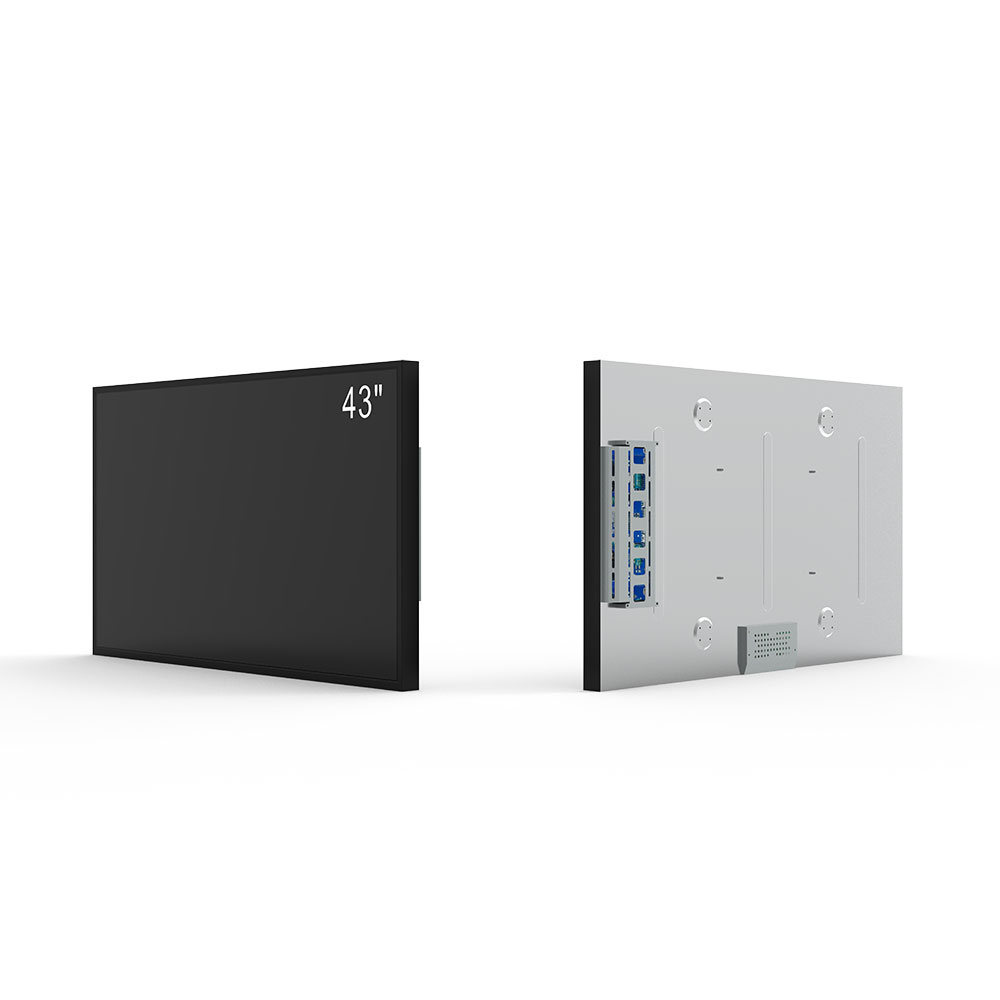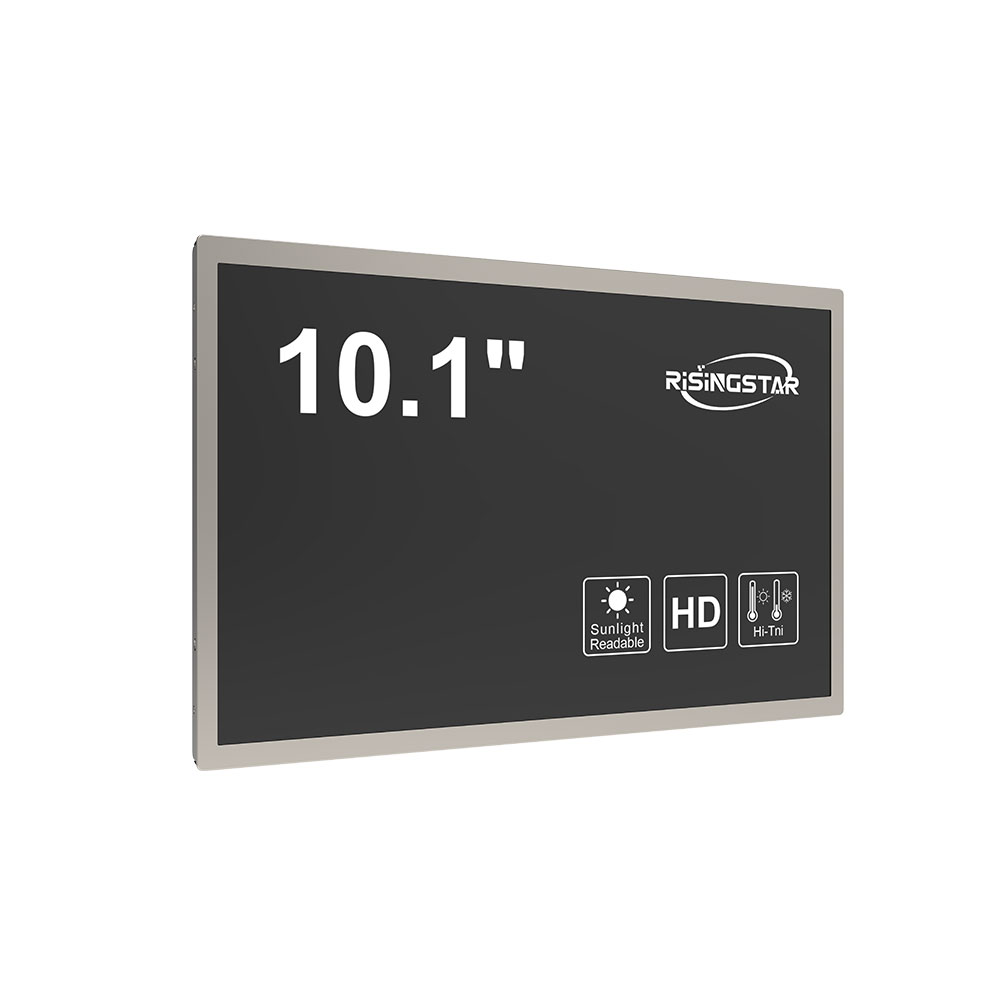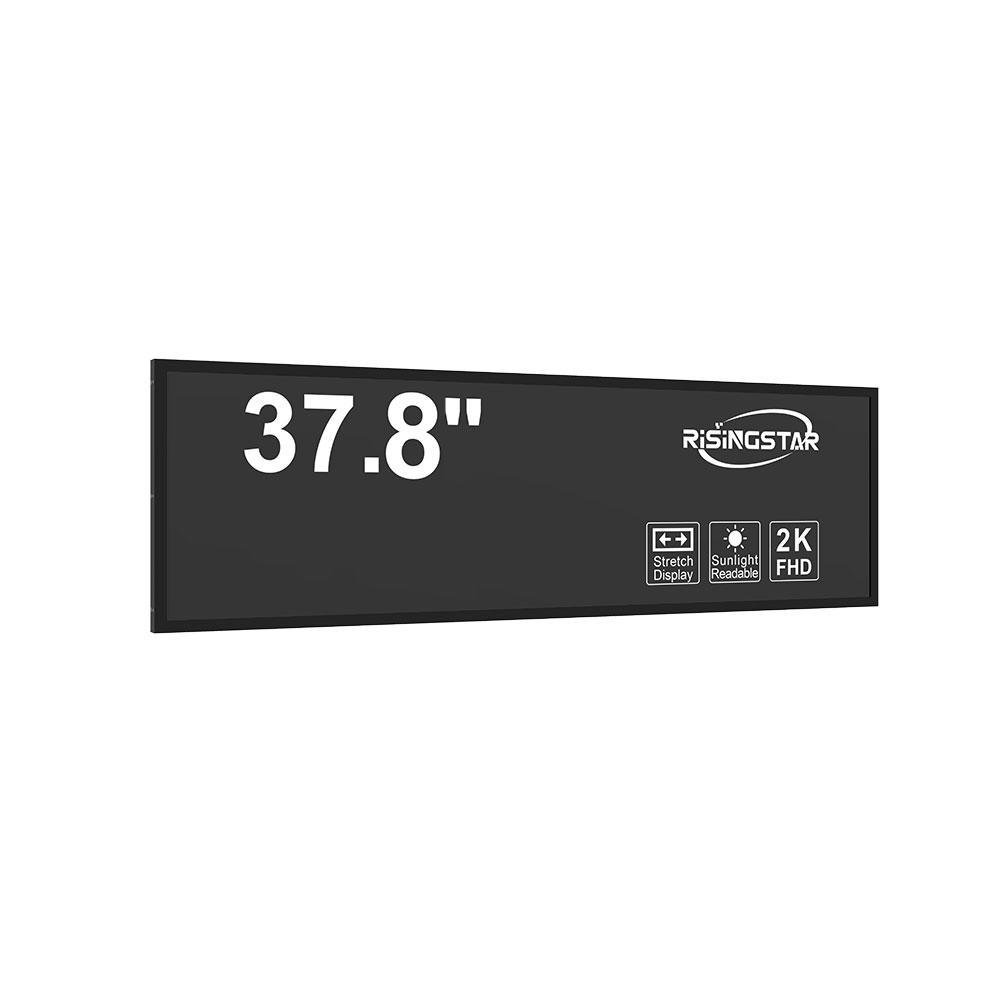- Home
- About Us
- Products
- News
- Video
- Contact
- Send Inquiry
Search
- Home
- About Us
- Products
- News
- Video
- Contact
- Send Inquiry

When deploying digital signage in outdoor environments, selecting the right LCD screen is critical—not only for visibility under varying lighting conditions but also for long-term durability against weather, temperature fluctuations, and physical stress. This decision impacts everything from user engagement to maintenance costs and overall return on investment.
Brightness and Display Quality for Daylight Readability
Outdoor LCD screens must achieve at least 5,000 nits of brightness to remain visible under direct sunlight—a standard confirmed by the Society of Information Display (SID). Most indoor displays max out around 300–500 nits, making them ineffective outdoors. High-brightness panels using LED backlighting or local dimming technology ensure content remains sharp and legible even in harsh daylight. Additionally, consider anti-glare coatings and high-contrast ratios (typically 4000:1 or higher) to reduce reflections and improve image clarity in sunny conditions.
Environmental Resistance and IP Ratings

An outdoor LCD screen must be rated for extreme environmental conditions. Look for an IP65 or higher rating—indicating protection against dust ingress and water jets from any direction. For coastal or industrial settings, IP68 (full submersion resistance) may be necessary. Materials like aluminum frames and tempered glass enhance structural integrity while resisting corrosion. UL-certified enclosures provide added assurance of safety in fire-prone or high-wind areas.
Thermal Management and Longevity
Temperature extremes can cause LCDs to malfunction or degrade quickly. Industrial-grade outdoor screens often feature active cooling systems such as fans or heat sinks, along with thermal sensors that adjust brightness and power consumption dynamically. According to a 2023 study by Display Daily, outdoor displays operating within -20°C to +50°C ambient temperatures with built-in thermal regulation have a lifespan 3x longer than those without.

Mounting Options and Installation Flexibility

The mounting solution should align with the installation environment—whether wall-mounted, pole-mounted, or freestanding. Use robust brackets with anti-vibration features for windy locations, and ensure compatibility with existing infrastructure. For temporary deployments, portable stands with locking mechanisms are ideal. Always consult local building codes and wind load standards (e.g., ASCE 7) when planning installations.
Maintenance and Remote Monitoring
Long-term performance depends on regular monitoring and proactive maintenance. Choose models with built-in diagnostics, remote firmware updates, and cloud-based management platforms like SignageLive or Scala. These tools help detect hardware issues early, optimize energy use, and reduce downtime—key factors in minimizing total cost of ownership over a 5–10 year lifecycle.
In summary, selecting an outdoor LCD screen requires balancing brightness, environmental resilience, thermal efficiency, installation flexibility, and smart monitoring capabilities. By prioritizing these technical parameters based on real-world case studies from retail, transportation, and public safety sectors, businesses can deploy reliable, high-impact digital signage that performs consistently across seasons and climates.